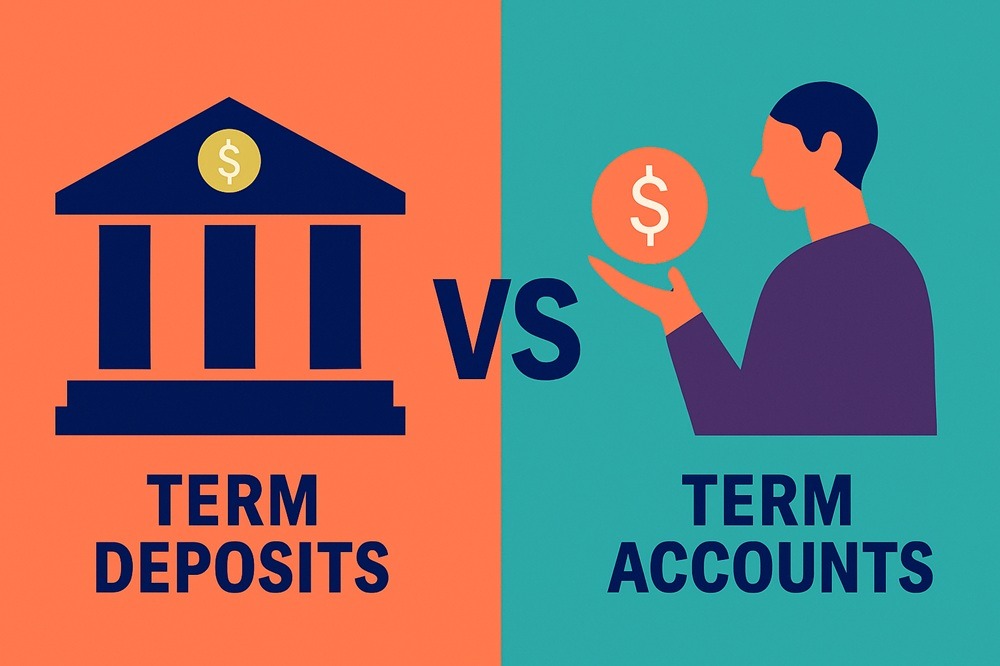Imparting Financial Habits to Your Children


Teaching children about money is one of the most valuable lessons a parent can offer. It goes far beyond simply giving them pocket money; it’s about shaping their mindset for a financially secure future. By instilling a few core habits early on, you can move beyond basic saving and start building the foundation of a true investor.
It’s not about teaching them to track the stock market, but about imparting the principles that underpin all successful investing. Here are three practical habits you can start teaching today.
1. Master Delayed Gratification
At its heart, investing is the art of delayed gratification. It’s the choice to forego a small pleasure today for a much greater reward tomorrow. This is often the first and most significant hurdle for new investors, and it’s a concept children can grasp surprisingly easily.
How to teach it:
The next time your child wants a new toy or game, turn it into a long-term goal. Create a "goal chart" or a dedicated savings jar. Help them calculate how many weeks of pocket money it will take to reach the target. The process of waiting, saving, and finally purchasing the item themselves is a powerful lesson. They learn that patience and planning lead to a more significant payoff than instant, smaller spends. This directly mirrors the act of setting aside money in an investment, letting it grow, and eventually reaping the benefits.
2. See the Magic of Growth (Compounding)
Compound interest is the engine of wealth creation, and you don't need complex spreadsheets to explain it. The concept is simple: your money makes money, and then that new money starts making its own money. It's like a small snowball rolling down a hill, gradually picking up more snow and growing bigger and faster.
How to teach it:
Start a simple "Parent Bank." For any money your child decides to deposit with you for a long-term goal (perhaps from that first habit!), offer them a simple, visible interest rate. For example, promise to add $1 for every $10 they keep saved with you at the end of each month.
Let them see you physically add the "interest" to their savings. At the end of the second month, they'll see that they're now earning interest on the new, slightly larger total. This tangible demonstration makes the abstract concept of compounding real and exciting. It teaches them that money that is put to work can grow all by itself, which is the fundamental attraction of investing.
3. Understand Risk and Reward
Every investor learns that there's a relationship between risk and potential reward. Generally, to achieve higher returns, you must be willing to accept a degree of risk. Shielding children from all risk isn't helpful; instead, we should teach them how to think about it in a calculated way.
How to teach it:
You can introduce this concept with low-stakes choices. For instance, you might offer your child their pocket money in two ways:
- Option A (Low Risk): "You can have your standard $5 for sure."
- Option B (Higher Risk): "Or, you can have a 50/50 chance of getting $8 or $2, and we'll decide with a coin toss."
Let them make the choice. Whatever the outcome, talk about it afterwards. Did the risk pay off? How did it feel? This isn't about gambling; it's about demonstrating that a higher potential reward often comes with uncertainty. As they get older, this can evolve into conversations about how a savings account is safe but offers low growth, while investing in a company (via stocks) has more risk but the potential for much greater rewards over time. This prepares them for making informed investment decisions later in life.
Conclusion
By focusing on these three habits, you give your children more than just financial literacy. You provide them with a framework for making smart decisions throughout their lives.
These early conversations don't need to be complex. They are about planting seeds of financial curiosity and sound judgement. By making these concepts a normal part of your family discussions, you are empowering your children to become confident, thoughtful, and successful investors in their own futures.


